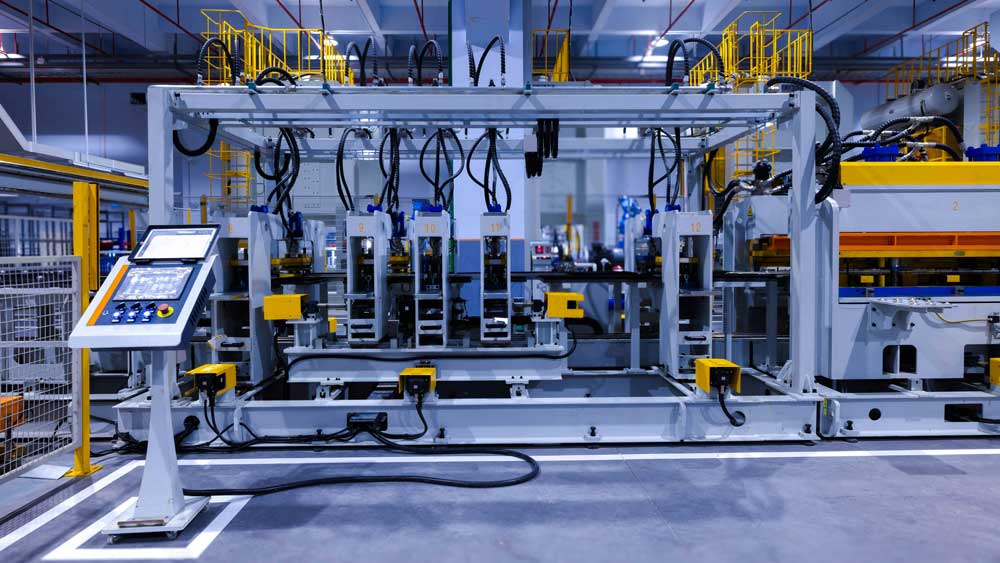Photo by Homa Appliances on Unsplash
Data breaches and cyberattacks are things that small to medium-size manufacturers think won’t happen to them. Yet, according to the Verizon 2023 Data Breach Investigations Report, 43% of all cyberattacks are conducted against small businesses.
|
ADVERTISEMENT |
If that doesn’t grab your attention, consider this fact: Manufacturing ranked fourth in the number of cyberattacks listed by industry, topped only by the public administration, information, and finance sectors. Denial of service, an interruption in an authorized user’s access to a computer network, had the most attacks in the manufacturing industry, with ransomware a close second. In 96% of cyberhacks in the manufacturing sector, money was the motivation.
Clearly the manufacturing industry is under siege from highly skilled hackers who are constantly developing new ways to achieve successful data breaches that yield substantial amounts of money.
Yet, hackers pursue more small and medium manufacturers for a variety of reasons. Why do so many manufacturers receive so much attention from cybercriminals and face higher risks? And how do you protect your data, finances, and business from the evildoers?
…

Add new comment